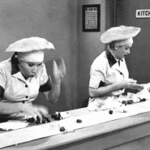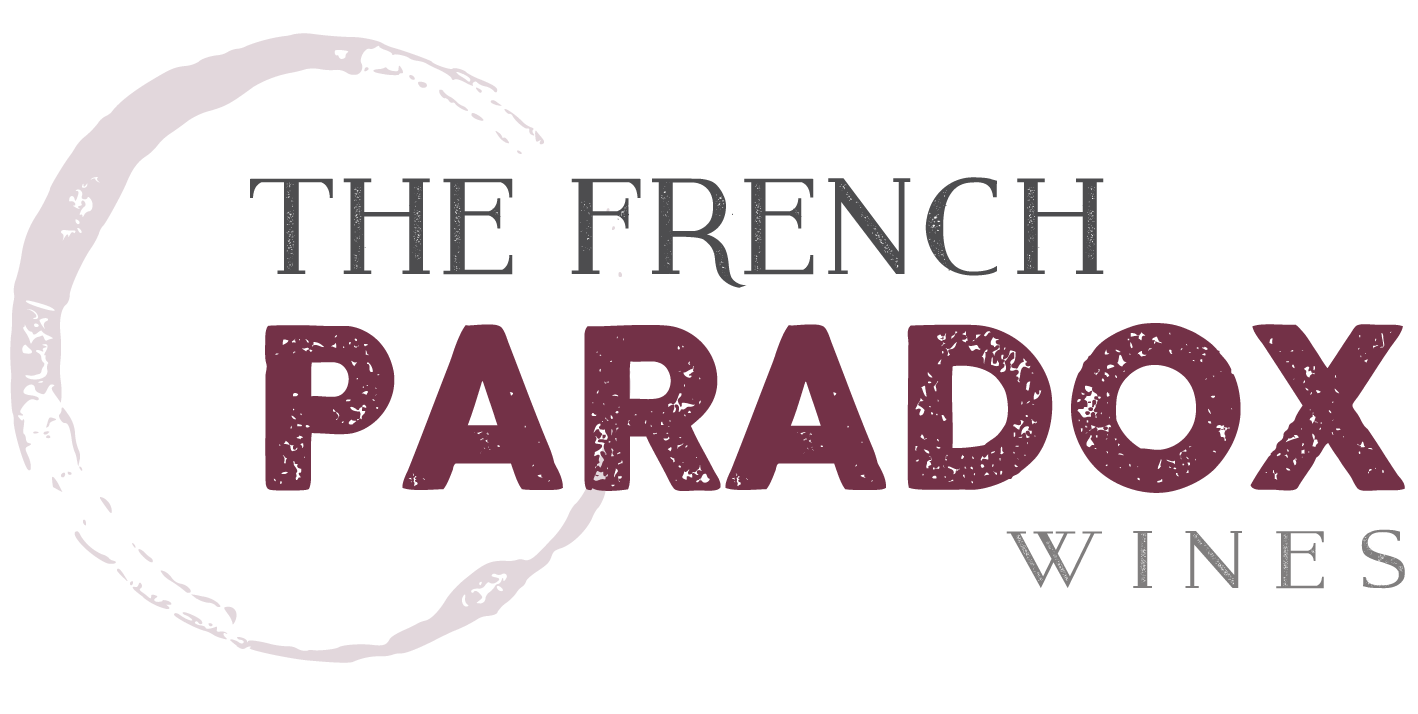
Lets face it…wine is maddening. And not because it’s difficult to make; the transformation of grape juice into wine is really pretty easy. The other variables in play is what makes wine confusing. For sure, ‘where’ is hugely important, but ‘where’ is also not easily defined. Often the ‘where’ doesn’t clearly define the elevation of the vineyard. Or the slope. Or whether the exposure allows for more or less sunshine. Or whether the other hill to the west or south blocks the sun and limits the amount of hours that your vineyard gets sunlight. The ‘where’ sometimes only touches briefly on soil composition; as the loose gravelly soil on the hillside becomes more compact at the base, it changes the behavior of the vines.
And then there’s the grape itself. Some grapes need less humidity, others don’t care. Certain grapes benefit from slow ripening, so hot areas are not optimum. Other’s won’t ripen at all in cloudy conditions. So matching climate, soil, grade, elevation and grape type is essential. Then factor in weather (which is not the same as climate). What about age of vines? That changes how the vines acts and how the grape ripens.
Wait…we’re not finished yet! When do you pick? How ‘ripe’ is ‘ripe”? Ripeness affects sugar level in the grape which then impacts flavor, acidity and alcohol levels, which impacts balance, age-ability and ‘mouthfeel’. Picking too early might make your wine taste ‘green’ or bitter. Wait too long and fall rains or hungry birds take half your crop.
The myriad factors that the grower faces determines the taste (and quality) of the grape. Then the winemaker takes over and more decisions are called for. Sorting. Pressing. Yeast type. Length of maceration. Temperature. Skin contact. Oxidation? Stirring? Punchdown? Allow (or induce) secondary fermentation)? Barrel aging? New or used? Length of time. Bottle aging. Length of time. Closure.
Its no wonder that the public is confused. And that’s exactly why ‘manufactured’ wines become popular. Manufacturers seek to eliminate variables. By doing so, they can control costs and produce a product that is essentially unchanged during each each fabrication cycle (or vintage). For wines, it means planting grapes in flat, geologically uniform, temperate locations; irrigating to control for water usage; mechanized picking, transport and sorting of grapes; and the use of additives to alter or balance flavors. Volia! Wine!
Manufacturing practices don’t necessarily make wines ‘bad’. Manufactured wines can taste delicious and often appear to represent great value. And it’s perfectly acceptable to want your wine to taste the same everytime that you open a bottle. Manufacturing demystifies wine. Vintages no longer matter. The vagaries of soil and slope and shading have been factored into the recipe. Furthermore, the recipe addresses the bias of wine critics; pick later, leave (or add) a little sugar, some (or much) oak aging (or flavoring), and the wine gets good press.
What’s missing from the manufacturing process is the adventure. Wine can be a journey of discovery. Different sites and grapes and practices not only create different styles, flavors and textures but also encourage us to wonder ‘why’; why this place? Why this grape? Why this method? And in the answers, we often learn about much more than the wine. We learn about history, chemistry, geology, sociology, botany and meteorology. We come to understand the food and the people and the industry of the place and how those intertwined histories made the wine and why it has and will and must be made, uniquely, ideally unlike any other.
